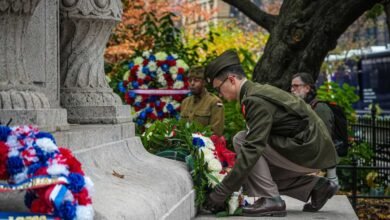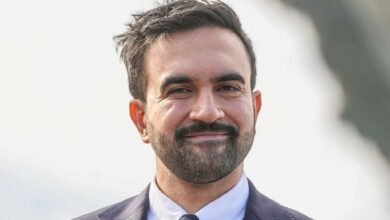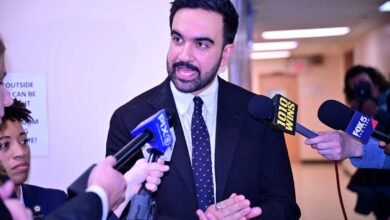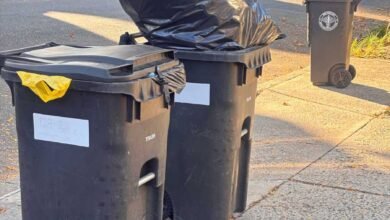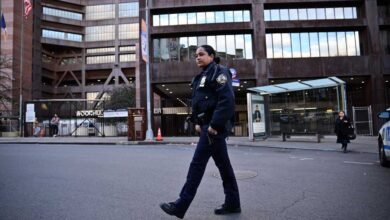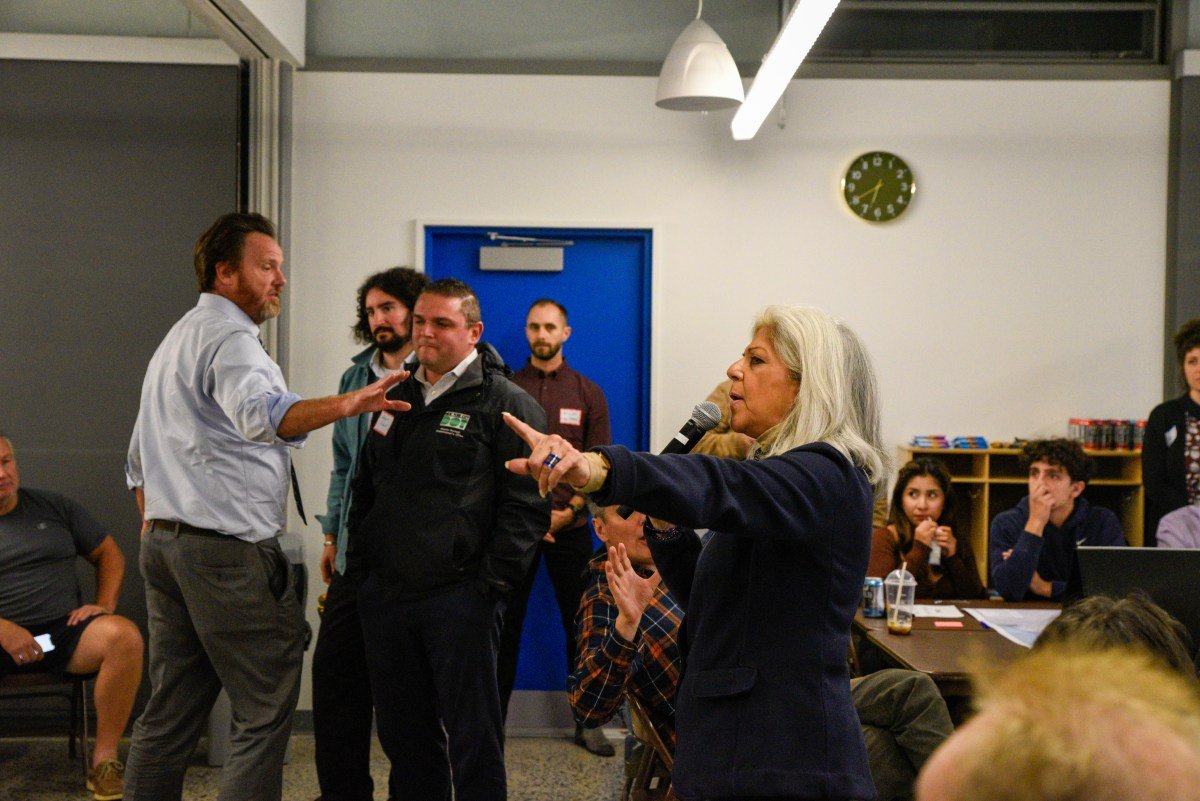
How ‘political war’ broke out at a DOT workshop for a waterfront greenway in Eastern Queens – QNS
The Department of Transportation’s (DOT) community planning workshop, aimed at gathering public input on the far eastern segment of the newly proposed 16-mile Queens Waterfront Greenway project, started fairly calmly but ultimately erupted into dissent, leading half of the attendees to leave without giving their formal input.
Over a hundred people packed a room in the Alley Pond Environmental Center in Douglaston on Thursday night. The crowd was mostly split between local residents who loudly opposed the project in its entirety and those who wanted to see more safe places to bike and walk. The ultimate goal of the project is to create a seamless connection between Long Island City and Fort Totten.
Much of the opposition was mobilized by District 19 City Council Member Vickie Paladino, who urged her constituents in the weeks leading up to the workshop to attend and voice their concerns. Paladino promoted the event as a public forum that would allow individuals the opportunity to speak directly.
However, DOT planning workshops, where liaisons collect community feedback, are traditionally not set up like public forum hearings. After a short presentation about the project, participants break into smaller groups of about a dozen people to workshop. At a typical workshop, participants are given Post-its and markers to comment on specific corridors on a blown-up map or the area’s streets.
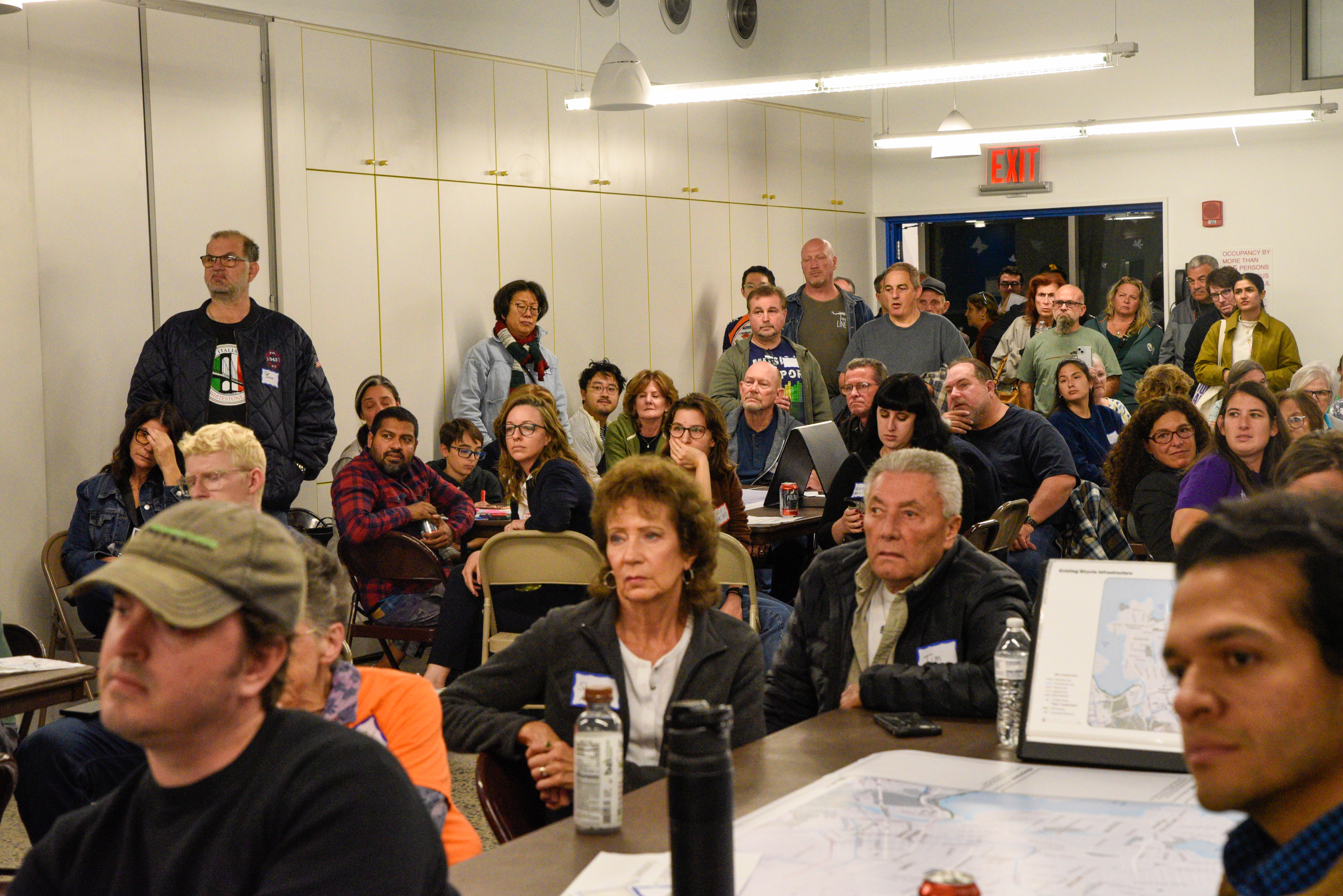
Ten minutes into the workshop portion, the Council Member got up on a chair in the front of the room and said, “This is not how it’s supposed to go. I want everybody who’s not actually interested in this to leave now.”
“I thought everybody here, or at least a handful, would have been able to get the mic and stress their opinions. I’m out of here,” she added before dozens of attendees stormed out.
She later posted a video on social media explaining her stance. Her staff also distributed their flyer about the project, which said the greenway threatens parking spaces.
Transportation advocates contend that Paladino misled her constituents by portraying the workshop as a public forum. They noted, however, that after her supporters departed, the remaining attendees were able to engage more peacefully, sharing their feedback on the project directly with the DOT.
The Case for a Greenway
While they fall under the transportation umbrella, greenways are considered linear parks that can serve as places for recreation and exercise.
In Queens, DOT officials argued that several factors, including highways, airports and industrial roads, have disconnected residents from the waterfront. Over twenty parks in the region are not yet connected by bike lanes, despite recent investments from the city council.
“We want to connect those parks and connect residents to the assets that already exist. We want the route we come up with to be continuous, safe and accessible,” said Emma Maniere, a Project Manager at the DOT, who led the presentation.
The need for safety was also discussed many times during group discussions. In one of the breakout groups of about a dozen people, two expressed that they themselves were victims of car accidents as pedestrians. This motivated them to show up and advocate for safer corridors for pedestrians and cyclists.
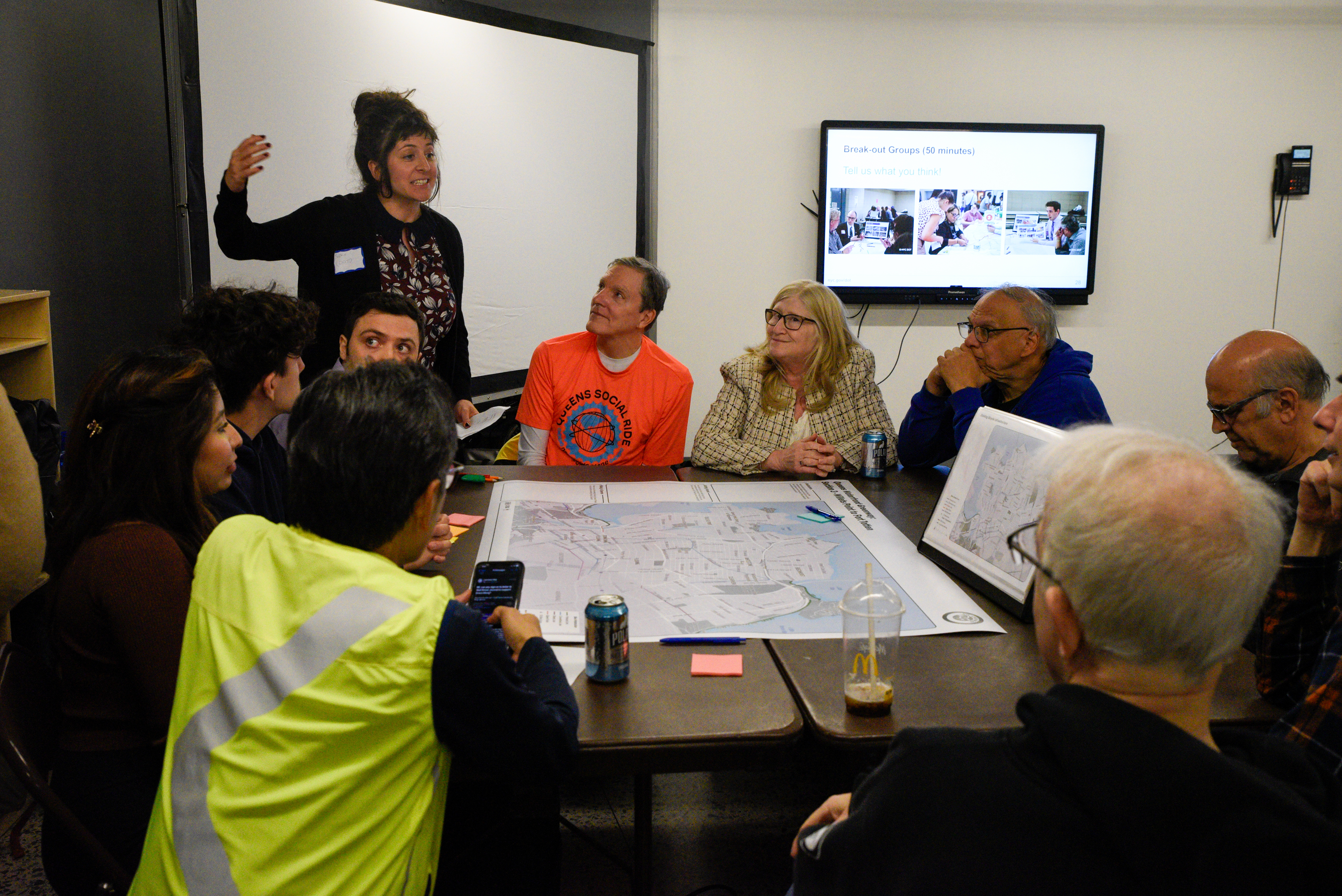
“Our children should be able to bike safely without feeling scared, having to look back every single time, having to dodge cars and potholes. It’s very dangerous, and I just hope that this new greenway can help bikers feel safer,” Carla Bautista, who said she was run over by a careless driver just a few months prior.
She wasn’t surprised that she wasn’t the only one in her group to be hit by a car. But she said it was “a little shocking to see that people did not prioritize safety,” referring to the loud opposition to the project.
Others in the group who have lived in the neighborhood for decades and use it for recreational and commuting purposes say they’ve been waiting for a safe greenway. Some said it would make their commute to work easier, and for others, their weekend recreation rides with family and friends would be safer.
“Greenways are not just for bikes. They’re also for pedestrians. They’re for families who are teaching their kids how to ride a bike. They’re for rollerbladers, scooter riders and people who use assisted mobility devices as well,” added Maniere.
Politics and Tension
One of the main critiques raised by Council Member Paladino and those opposed to the project is that the decision-makers and many attendees at Thursday’s meeting do not live in the eastern Queens neighborhoods that will be affected.
A Malba resident who opposed the project entirely but didn’t want to be named said, “These are private little clusters that want to be left alone. But you got people that don’t even live in these neighborhoods coming in here, yelling at the residents.”
The ones who traveled from neighborhoods said that while they don’t live there, they often visit the area for work, recreation, or errands that support the local economy.
“I think it’s ridiculous that Paladino wants to make this a political issue,” said Michael Forcina, a Middle Village resident who heard about the workshop on social media. “It’s about safety and having more access to green spaces. Instead, it just became this political war.”
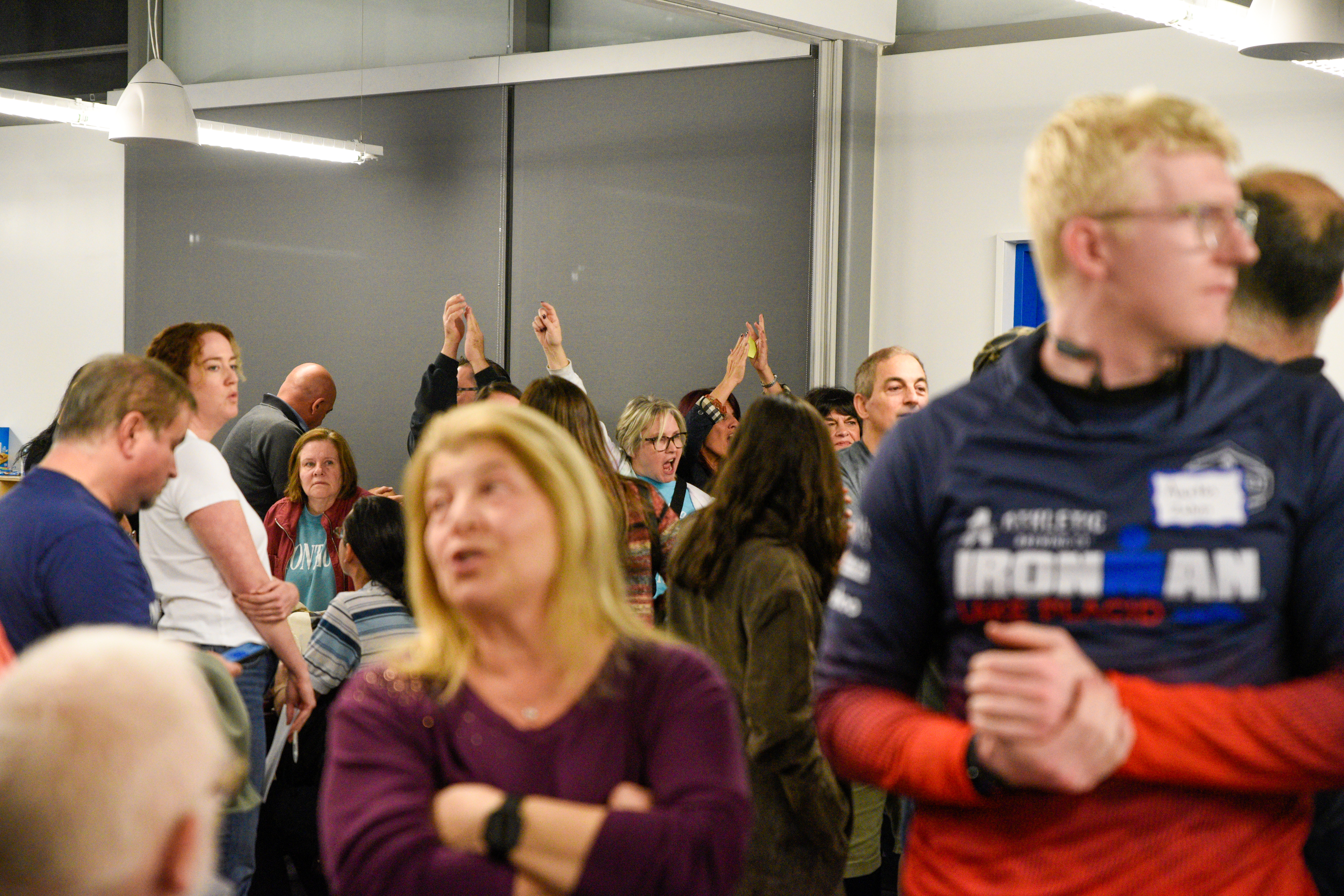
Paul DiBenedetto, Chairperson of Queens Community Board 11, said he’s been working with the DOT on bike lane projects for nearly a decade. But he believes tensions have been even higher recently with the looming decision on the City of Yes Housing Opportunity proposal. He noted similarities with outside forces trying to change residents’ way of life in the city’s suburban areas, leading to this kind of backlash from locals.
“You have a bunch of people pointing to different areas and saying where a bike lane should be and where it shouldn’t be. But do they live there?” said DiBenedetto.
Laura Shepard, an organizer with Transportation Alternatives who lives in Woodside, also attended the past two Greenway workshops—one in Astoria and the other in Flushing earlier this month—said the turnout was robust but not nearly this chaotic at the past two workshops. She also rejected the claim that people who don’t live in these neighborhoods shouldn’t have a say in the planning process.
“People walk and bike across distances often. Our lives aren’t limited to our immediate neighborhoods or by arbitrary council or community board boundaries,” said Shepard. “Everybody here is from Queens, which definitely means something.”
She was one of several transportation safety advocates who disagreed with Paladino’s approach and her claim that “bike lanes are not presently being used here,” which was also met with loud opposition.
“This kind of grandstanding, like grab the mic type, is a moment for someone to say something that gets everyone to applaud, but you’re not really having a dialogue,” said Corey Hannigan, who works for the Tri-State Transportation Campaign.
“It scares people who really don’t feel safe, and they want to find a solution. If they feel like they’re outnumbered, they’re not going to say anything. It leads to this belief that there is a unanimous opposition,” he added.
“I think Vickie rescued the meeting by leaving and taking her vitriol cast with her,” said Thane Terrill, who lives in Forest Hills but says he travels to the area to support local businesses and for recreational activities.
The final workshop for this stage of the Waterfront Greenway project will be held virtually on Tuesday, Oct. 29, from 6 to 8 p.m. It will focus on the entire proposed 16-mile connection, not just one region.
Source link

